Last week we celebrated the birthday of Booker T. Washington by featuring him in the Friday Footnote. This week we are celebrating the birthday of another prominent American with strong ties to agriculture. That person is Thomas Jefferson; his birthday is tomorrow, April 13. And we are welcoming back a guest columnist, Dr. Jim Connors from the Univesity of Idaho. So take it away Dr. Connors.
Thomas Jefferson
Thomas Jefferson was the 2nd Vice President of the United States from 1797 to 1801 and the 3rd President of the United States from 1801 to 1809. Prior to entering politics, Jefferson was a farmer and plantation owner. Monticello, his family plantation in southern Virginia, consisted of 5,000 acres. Crops raised on the farm included tobacco and grains, including wheat.
Monticello is also known for its magnificent gardens. The plantation currently hosts a Heritage Harvest Festival and maintains the Thomas Jefferson Center for Historic Plants. More information on the agriculture and horticulture at Monticello can be found at: https://home.monticello.org/
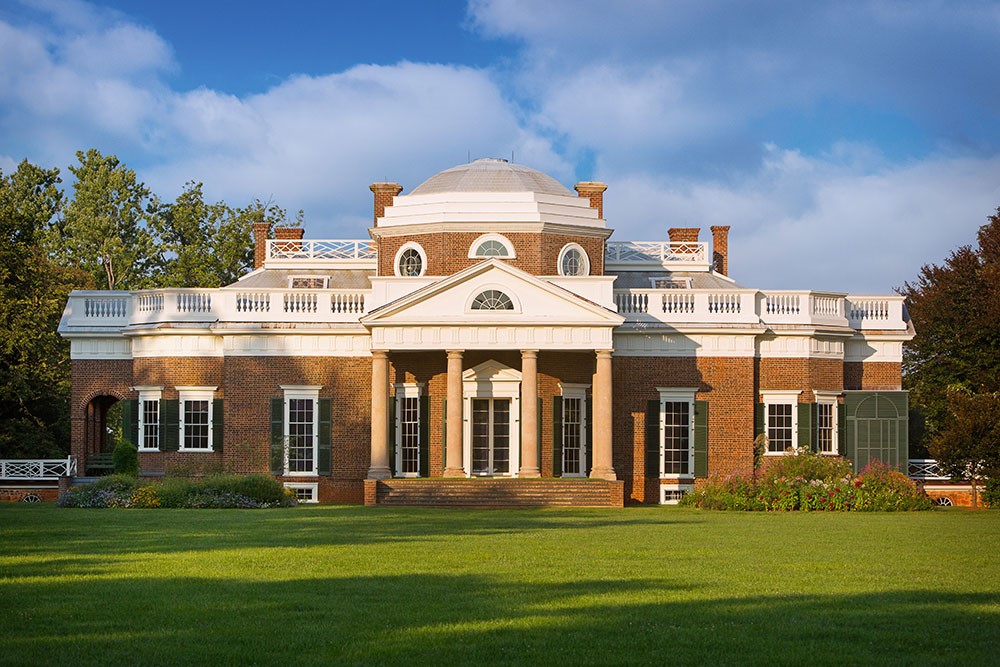
Figure 1: Thomas Jefferson’s Monticello
While Jefferson was not used as a symbol for any FFA office, a bust or portrait of Jefferson was often listed as official FFA equipment and displayed in agriculture classrooms. Swift and Company provided this framed picture of Thomas Jefferson free of charge to FFA chapters.
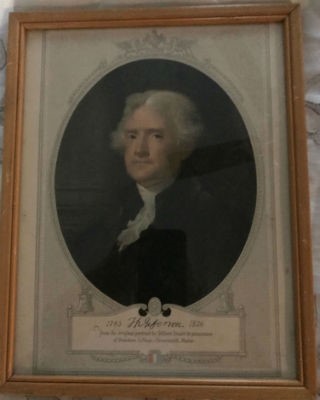
Figure 2: Thomas Jefferson portrait
FFA Pilgrimage
Two weeks ago, in the Footnote about George Washington, we mentioned the 3-day FFA Pilgrimage to the White House, Mount Vernon and Monticello in 1933. Prior to the pilgrimage, on January 23, 1933, the Board of Directors of the Thomas Jefferson Memorial Foundation met in New York City. The minutes of that meeting include the following reference to the planned pilgrimage:
Joseph Miller, Jr. as Chairman of the National Educational Committee reported that after a conference with J. C. Wright, Director of the Federal Board for Vocational Education and Dr. C. H. Lane, Chief of the Agricultural Division of said Board, that it had been arranged for the National Director of the Foundation to address the Convention of the Future Farmers of America in Kansas City. However, since it was impossible for him to attend, he had sent his address in writing which had been read to the Convention by the President of the Association and thereupon the invitation for the association to arrange a convention to be held in Charlottesville during 1933 and to dedicate a room in Monticello to the ideals of the Future Farmers of America had been unanimously accepted.
Mr. Miller further reported that on January 9th, 1933, the said association arranged for Mr. Miller and the National Director to speak with regard to Jefferson and the Farmer during the Farm Home Hour which was broadcast by radio over a national hook-up.
(Minutes of the Adjourned Meeting of the Board of Directors, 1933)
In preparation for the visit to Monticello, each state association was asked to designate one member as their official representative and bring along a high-quality agricultural product from their state. The picture in Figure 3 below probably includes those state representatives with the agricultural products they brought to Monticello (Verzagt, 1982). Some points to notice in the photograph include:
- United States of America Flag – 48 star.
- FFA Flag on the right background.
- Sentinels in period uniforms on the left and right of the photograph.
- FFA member in original uniform including hat and blue shirt with FFA emblem on left.
- Small (3’ tall) state flags in front of the participants.
- Agriculture products on steps including:
- Cotton
- Tobacco
- Wheat
- Onions
- Potatoes
- Keystone shaped wood box on left (possibly from Pennsylvania FFA)
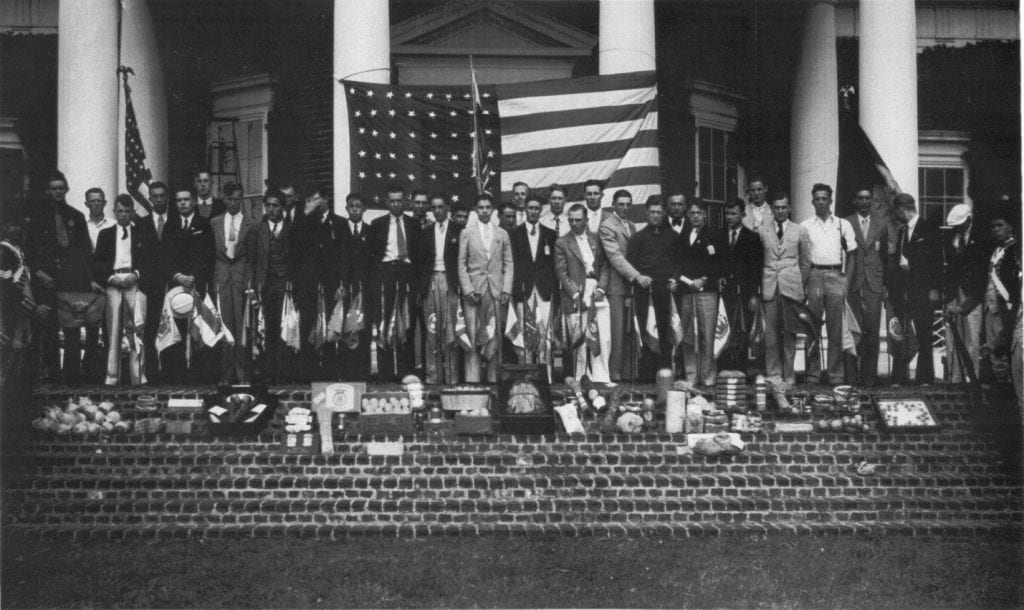 Figure 3: FFA Members participating in Pilgrimage to Monticello on June 14, 1933
Figure 3: FFA Members participating in Pilgrimage to Monticello on June 14, 1933
Monticello Room Dedication
When researching this event, I contacted the archivist librarian at the Jefferson Library in Charlottesville, VA to inquire about the room at Monticello dedicated to the ideals of the FFA and the memorial plaque commemorating the pilgrimage. At first, the archivists had no information about a room dedication or a commemorative plaque. After considerable research, the archivists found a file that included information about the plaque (see next section below) but not the room.
In an article in The National Future Farmer magazine (Verzagt, 1982) titled “The Pilgrimage to Mount Vernon,” a reference to the Monticello room dedication was found. The article stated, “The South Sun Room was set aside as the FFA room and during the flag ceremony on the west porch, the agricultural products were placed on the steps” (p. 26).
According to Jack Robertson, archivist at the Jefferson Library (personal communication, Feb. 21, 2019), the “south sunroom” is probably the South Piazza or Greenhouse at Monticello. The floor plan and photograph below shows the room. This room was probably chosen as the room dedicated to the ideals of the Future Farmers of America because it was Jefferson’s greenhouse/workroom where he grew plants and built items for the estate.
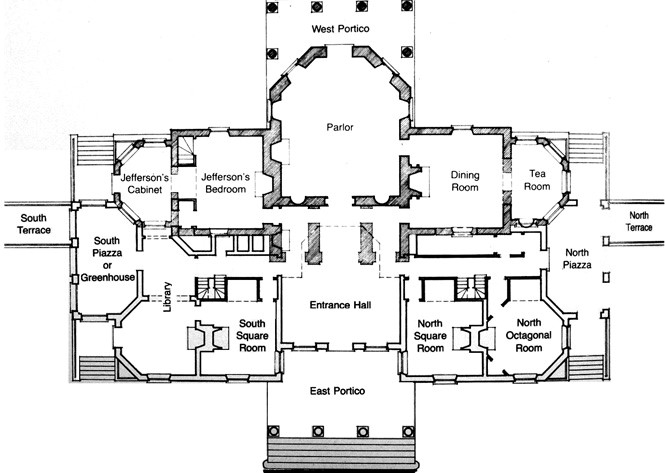
Figure 4: Floor plan of Monticello showing the South Piazza or Greenhouse on the left
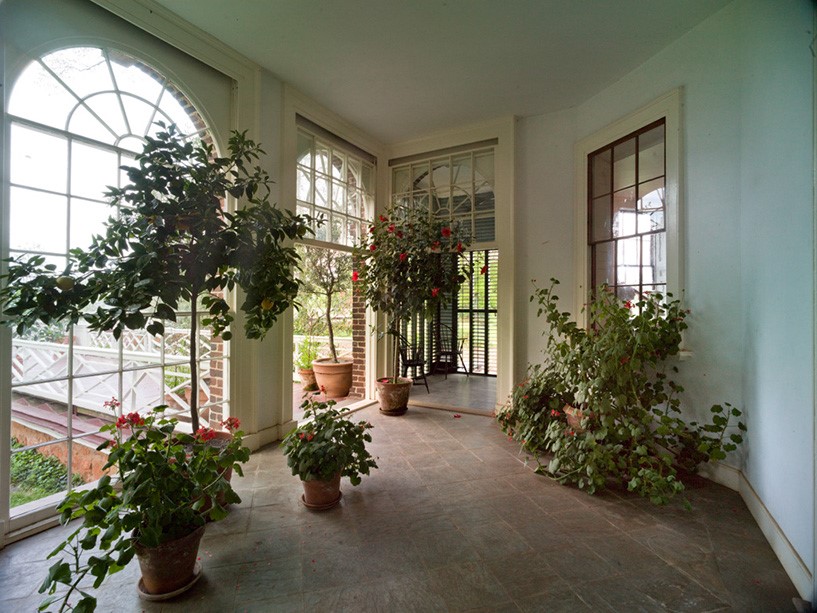 Figure 5: South Piazza or Greenhouse at Monticello (interior)
Figure 5: South Piazza or Greenhouse at Monticello (interior)
Commemorative Plaque
As was stated above, when first contacted the archivist at the Jefferson Library had no knowledge of a plaque dedicating the room at Monticello to the ideals of the FFA. After considerable research, a file was found with information that would solve the mystery of the plaque.
According to copies of letters found in the Jefferson Library files, the plaque was given on a “permanent loan” basis to Dr. John Hillison at Virginia Tech. Apparently, Dr. Hillison requested the plaque be loaned to Virginia Tech for display in their FFA Historical Room. The letter approving the loan from the Thomas Jefferson Memorial Foundation states, “The loan is for an indefinite period with the provision that it be returned upon request from the Foundation.” The transfer of the commemorative plaque from Monticello to Virginia Tech took place sometime in 1983.
After contacting Dr. Rick Rudd, Department Head of Agricultural, Leadership, and Community Education at Virginia Tech it was determined that the plaque still hangs in the FFA Historical Room. The photograph below shows the actual plaque that was presented to Monticello during the FFA Pilgrimage in 1933.
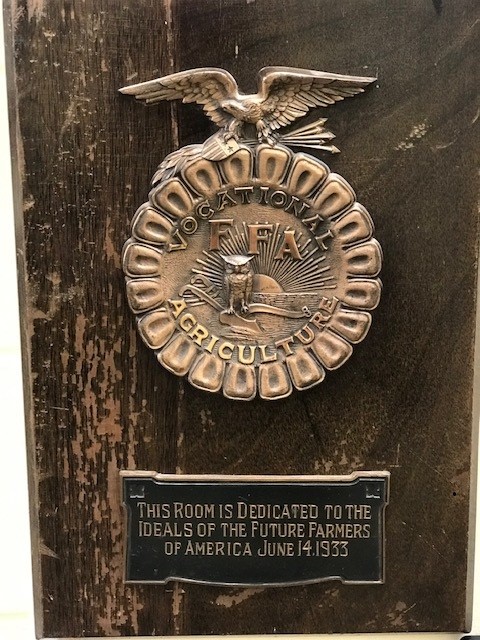
Figure 6: FFA Commemorative Plaque from Monticello (photo courtesy of Dr. Rick Rudd, Virginia Tech)
Conclusions
Thomas Jefferson was a farmer, plantation owner, statesman, politician, and one of the Founding Fathers of our country. While the Future Farmers of America does not celebrate his birthday or use him as a symbol for any office, there has always been a close connection between Jefferson and the FFA.
This connection was evident when the young FFA organization held a Pilgrimage to Washington, DC, Mt. Vernon, and Monticello in 1933.
Jefferson can still be celebrated in this modern era. He was a farmer who cared deeply about the land, agriculture, and horticulture. Monticello today is a testament to his love of gardens, plants, and nature. FFA members can benefit by studying Jefferson’s leadership, his dedication to agriculture, and the modern connection to horticulture. Perhaps the National FFA should consider repeating the FFA Pilgrimage to Washington, DC, Mt. Vernon, and Monticello to once again celebrate Washington and Jefferson and their belief in the future of agriculture.
Jefferson’s belief in agriculture can be summed up in this famous quote:
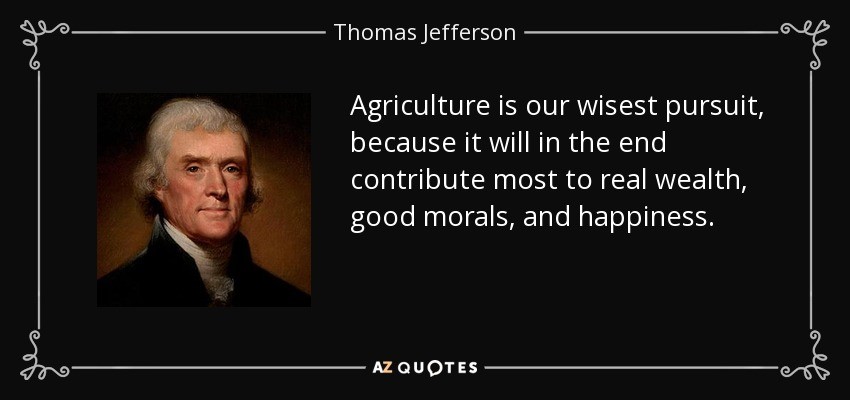
Figure 7: Thomas Jefferson Quote
Teaching Ideas:
- Have FFA members research Thomas Jefferson’s connection to agriculture, horticulture, and gardening.
- Students can research the historic gardens at Monticello by visiting the following website: https://www.monticello.org/site/house-and-gardens/historic-gardens
- Students interested in horticulture or heritage plants should research the Thomas Jefferson Center for Historic Plants at: https://www.monticello.org/site/house-and-gardens/thomas-jefferson-center-historic-plants
- Have students read Plantation Agriculture at Monticello by visiting the following webpages:
- Work on the Monticello Plantation: https://www.monticello.org/slavery/the-plantation/work-on-the-monticello-plantation/
- Crops, Produce, & Livestock: https://www.monticello.org/site/plantation-and-slavery/crops-monticello
- Organization of the Monticello Plantation: https://www.monticello.org/slavery/the-plantation/organization-of-the-monticello-plantation/
- Students can research the importance of heritage plants in maintaining the genetic diversity of plants in agriculture and horticulture.
References:
Baron, R. C. (1987). The garden and farm books of Thomas Jefferson. Golden, Colorado: Fulcrum.
Future Farmers of Virginia (May 1933). National F.F.A. Pilgrimage to Washington – Monticello. Chapter Chats, 6(3), p. 1.
Lessons in Leadership (1965, October-November). The National Future Farmer, 14(1), p. 26-28.
Minutes of the Adjourned Meeting of the Board of Directors of the Thomas Jefferson Memorial Foundation, Inc. (1933). Jefferson Library. Charlottesville, VA.
www.monticello.org/site/research-and-collections/jefferson-library
Stimson, R.W. & Lathrop, F.W. (1942). History of agricultural education of less than college grade in the United States. Washington, DC: US Office of Education.
Thomas Jefferson’s Monticello (n.d.). Retrieved from: https://home.monticello.org/
Thomas Jefferson (n.d.) Farm Book. Massachusetts Historical Society. Retrieved from: http://www.masshist.org/thomasjeffersonpapers/
Thomas Jefferson (n.d.) Garden Book. Massachusetts Historical Society. Retrieved from: http://www.masshist.org/thomasjeffersonpapers/
Thomas Jefferson (n.d.) Thomas Jefferson’s Encyclopedia. Retrieved from: https://www.monticello.org/site/research-and-collections/tje/agriculture-and-gardening
Verzagt, H. (1982). The pilgrimage to Mount Vernon. The National Future Farmer, 30(3), p. 26-27.
